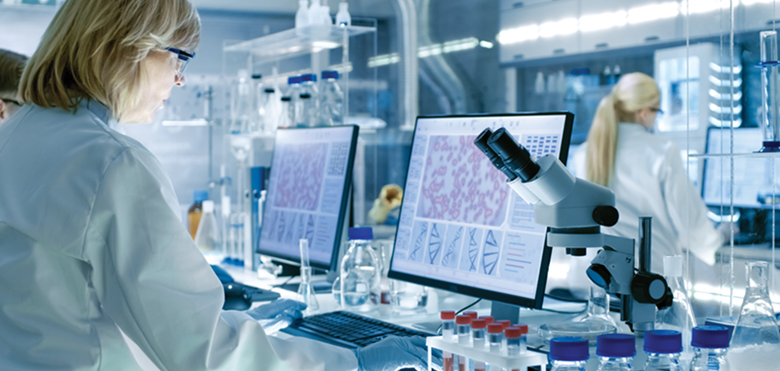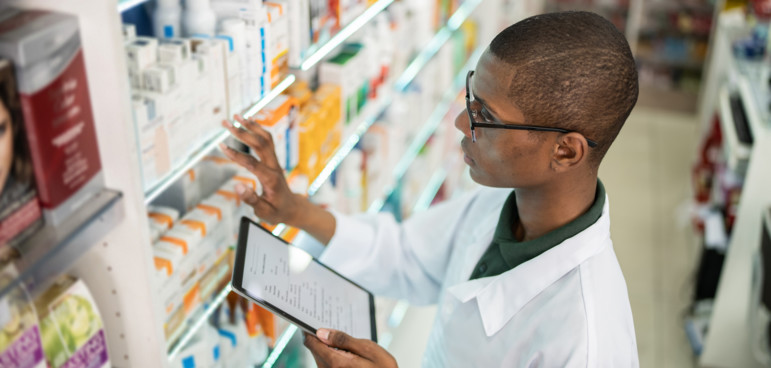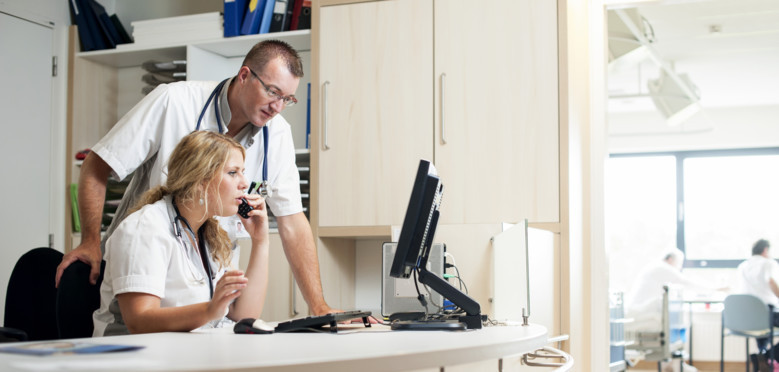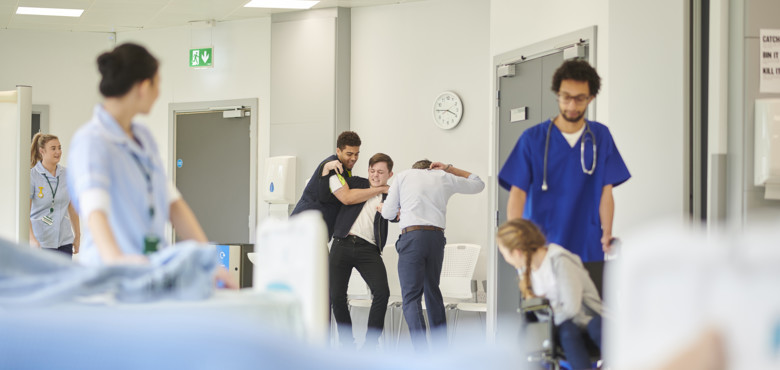Securing pharma with video surveillance
Depending on the sector the challenges of safety and security vary, as the level of protection needs to be adjusted to the circumstances. One of these special fields is (bio)pharmaceuticals.
Protecting staff, products and information are one of the main concerns and biggest challenges in the biopharma sector. In the past few years, the pharma industry has changed its focus from products more towards development and research. One of the reasons is the increase of restructuring programs that were initiated by larger companies as the pressure on opioid distribution rose. Focusing more on research means that companies need to invest more money and require more clinical science funding. As a consequence, there’s also a higher need to protect information from hackers and industrial spies. This combined with reduced staff and increased industrial spying has made it necessary for companies to upgrade their security system – including access control and video solutions as well as video management systems (VMS) for cameras and audio.
Physical and virtual security solutions for the pharmaceutical industry
When talking about security for the pharmaceutical field it’s important to differentiate between the security of data and corporate information, which is mainly protected through risk mitigation and cybersecurity. On the other side, there’s the protection of premises and critical sites, which requires an advanced security system consisting of physical barriers as well as high-tech (video) surveillance devices.
A Deloitte study found that the pharmaceutical industry is a major target of cyber criminals around the world that is costing multi-millions in lost intellectual property to the industry. Hacker attempts on biopharma organizations are made on a daily base, which is why the need for cybersecurity has become crucial as well. The key of cybersecurity is assessing and mitigating risks by taking respective actions, such as using secure passwords for all the (security) devices on the premises. It needs to be ensured that they are protected from intruders, hidden backdoors and any kind of security gap.
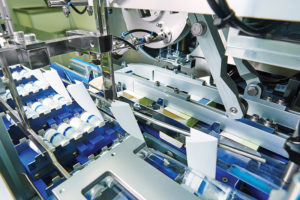
Security and vulnerability management must be foremost with proper passwords, firewalls, testing and training of the users and employees. Ultimately, training and employee awareness to possible threats is the best defense.
Securing critical areas, for example, pharmaceutical distribution centers or laboratories, require the highest level of security as they often hold extremely valuable goods and information. From experimental drugs, secret patents and multi-million-dollar inventories. Therefore, a high-quality security system for perimeter, staff and products should become standard for this kind of sector.
The measures and devices to protect the site should include physical protection such as fences and barriers but also thermal as well as visual cameras, audio horns and radar to spot intruders in time – regardless of the weather and lighting situation. Various access control features are often added to the system as they help to document who enters the premises and when. Together with the usage of analytics, this can be especially helpful when it comes to identifying individuals and vehicles in or around pharmaceutical vaults.
The goal should be to make this a standard on every pharmaceutical institution as it can detect people loitering near fence lines or climbing over barriers with the intent to enter the premises. As these premises can be quite big and hard to monitor, every device that can detect movements of people, as well as products through and in the distribution centers, make the lives of security personnel easier. The system should also be set up to trigger an alarm that notifies the security personnel or – if needed – even armed police. Because when it comes to the information and substances in these centers it’s important to act promptly.
While this might sound already like quite a high-standard, there’s a way to upper the level. This includes areas that require personal protection equipment (PPE) or contain radioactive materials. They need to have a combination of biometrics, access control, and video surveillance to make it impossible for intruders to enter.
Ensuring end-to-end pharmaceutical supply chain management
In the pharma industry products often have to go through several hands and long supply chains before they end up in their final destination. Ensuring that the pharmaceutical products are always handled safely and don’t end up in the hands of unauthorized people is, therefore, quite a challenge. Many organizations count on real-time location systems (RTLS) that are integrated with video and audio which can be used to document and protect the movement of goods and products but also people. Some biopharma companies require all staff and visitors to wear an RTLS tracking device or badge while on property. That’s when high definition IP cameras come in handy as they have the capability to see all the details and handing from the point of entry to leaving a facility is critical.
Scanning and integration with video can enhance documentation and ensure quality as well as the safe handling of products. In combination with analytics, the system can also be used for inventory control.
Having constant surveillance through the technological eyes and ears ensures a safe and reliable supply chain from beginning to the end. Ultimately, it’s important to remember that someone’s life often depends on what is being developed in these research labs.
Want to learn more how you can improve pharmaceutical safety and security?

